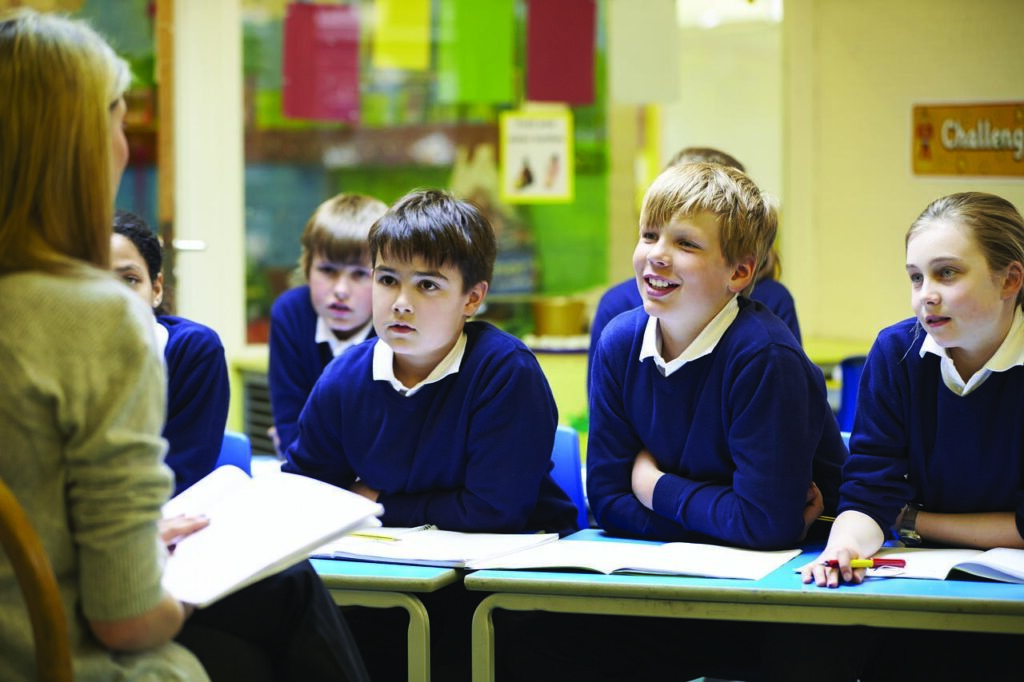Breaks and pauses play an essential role in the educational process, benefiting both professionals responsible for designing and delivering educational content and the students engaged in acquiring knowledge and developing skills. They contribute to improved focus, retention, and overall well-being, making them vital components of emotional intelligence in education.
Defining Breaks and Pauses:
A “break” refers to a temporary halt in an activity, allowing individuals to rest or engage in an alternate activity before resuming the original task. In an educational setting, a break might involve a short recess, an intermission between classes, or a momentary pause during a lesson. Breaks provide individuals with an opportunity to step back, reflect on their learning process, and evaluate their inputs and outputs. They can prevent burnout and boredom associated with prolonged studying, acting as rewards that motivate students to stay engaged and focused.
On the other hand, a “pause” signifies a brief interval or temporary stop in an ongoing activity without a complete halt. Pauses are shorter in duration compared to breaks and are often used to momentarily halt an ongoing task for rejuvenation, emotional regulation, and taking a momentary breath before continuing.
The Symbiotic Relationship:
The symbiotic relationship between teachers and students within an educational setting is fundamental to the learning process. This symbiosis embodies a dynamic and reciprocal interaction that fosters mutual growth, development, and learning, creating a richer and more fulfilling learning experience for all involved.
Benefits for Teachers:
For teachers, introducing a brief interval in the teaching process allows them to adapt the teaching session to suit students’ needs. Taking breaks as a teacher demonstrates the importance of self-care and balance to students, modeling healthy behavior. Teaching can be stressful, especially when managing multiple tasks simultaneously, so short breaks provide moments to alleviate stress and anxiety, contributing to a more relaxed and positive teaching atmosphere.
Benefits for Students:

For students, introducing a short interval in the learning process allows them to process and consolidate the information learned. Pausing between study sessions enhances retention and recall of the material. Stepping away from a learning task during a break allows the mind to subconsciously work on complex problems. Returning with a fresh perspective often leads to better problem-solving and creativity, maintaining motivation and engagement.
In Conclusion:
In summary, breaks and pauses are distinct yet complementary elements in the learning process. While breaks offer extended periods for relaxation and rejuvenation, pauses within lessons facilitate immediate focus and engagement. Integrating both effectively creates a well-rounded and conducive learning environment for optimal educational outcomes.